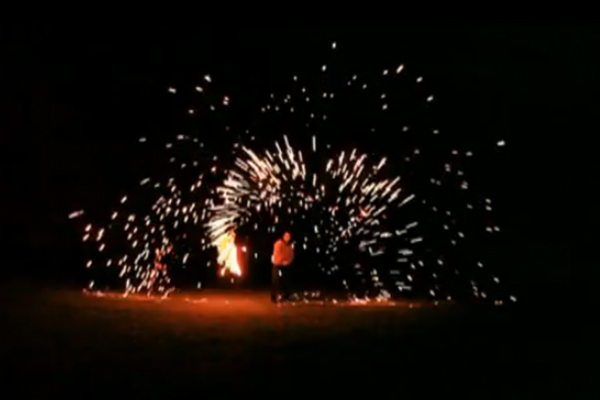Chris Benbow has been busting A** producing some really great light painting video tutorials. Check out these two newbies….
P.S. Chris’s wife Laura has been behind the camera filming these for everyone to enjoy and learn from, much like my own lovely wife she helps a lot and deserves some credit as well sooooo thanks Laura….
Click an image to get smart….






























